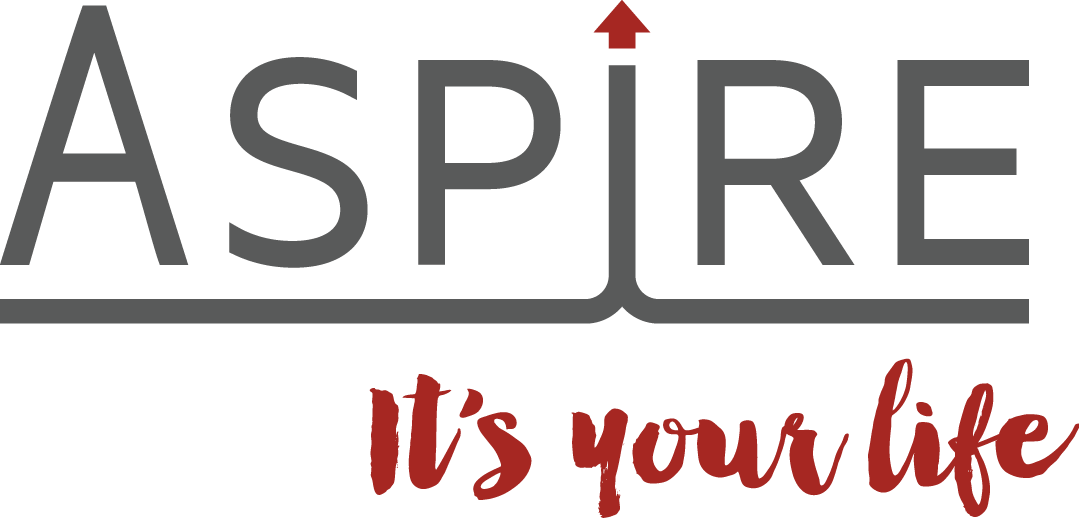A helping hand onto the property ladder
Buying your first home is always a big step, but with property prices rising faster than pay packets taking that first step seems more challenging than ever.
National house prices rose 20 per cent in the year to September, the fastest growth since 1989. Higher prices have also fanned out from capital cities to the regions, as city folk discover the country lifestyle and cheaper housing during the pandemic.i
While this is great news for homeowners and investors, it’s putting home ownership further out of reach for many hopeful first home buyers. The combination of rapid price growth and weak wages growth have pushed up the cost of an average first home deposit from 70 per cent of income to more than 80 per cent.ii
And in another blow to first home buyers, the Australian Prudential Regulation Authority (APRA) has told lenders to assess whether new borrowers can afford their loan at an interest rate at least 3 percentage points higher than the current rate on their home loan. Previously, banks used a 2.5 per cent buffer.iii
So what strategies are available to help younger Australians get a foot on the property ladder?
Government supports
In recent years, the federal government has launched three schemes to close the deposit gap for first home buyers.
The First Home Loan Deposit Scheme (FHLDS) and the New Home Guarantee (NHG) allow eligible first home buyers to purchase a home with a deposit of as little as 5 per cent. While the Family Home Guarantee helps eligible single parents buy a home with an even lower deposit of at least two per cent.
Another way for first home buyers to build a deposit is to contribute voluntary savings to your super account and withdraw up to $30,000 plus investment earnings when you are ready to buy. The First Home Super Saver scheme takes advantage of the low tax super environment and investment returns that have consistently outpaced bank savings accounts.
Rentvesting
If you can’t afford to buy your dream home in a suburb or location you like, “rentvesting” may be worth exploring.
Rentvesting is where you buy property in a location you can afford with good rental yields and capital growth prospects and lease it out, while renting in an area you prefer. Or live with your parents for minimal rent and pay off the mortgage on your rental property even faster.
You can also claim a tax deduction for allowable expenses, depreciation, and interest on the loan for your investment property. The downside is you will be liable for capital gains tax when you sell.
Alternatively, under the six-year rule if you buy and live in the property for at least six months before you rent it out, you will be exempt from capital gains tax on the growth of your investment for up to six years.
Bank of Mum and Dad
It’s not just younger Australians who worry about housing affordability. Their parents often worry just as much. So much so that recent research found the Bank of Mum and Dad is the nation’s ninth biggest mortgage lender.
According to research by Digital Finance Analytics (DFA), 60 per cent of first home buyers are getting help from their parents.iv Parents typically do this by giving their children cash towards the deposit or by going guarantor for the loan.
DFA found the average parental contribution was $92,000, indicating parents may be choosing to help with the deposit. Not only are banks reluctant to lend to first time buyers with less than a 20 per cent deposit, but any less means borrowers must pay lenders mortgage insurance.
Going guarantor
Parents without cash to spare sometimes agree to guarantee their child’s loan by using the equity in their own home as security. This can have the advantage of helping children get into the market sooner, but there are risks.
If the borrower can’t make repayments the guarantor is responsible for the debt, putting their home at risk. To limit this risk, you can choose to guarantee a portion of the loan, so you are only liable for that portion if the borrower defaults. You can also arrange to be released from the loan once the borrower builds up the same portion of equity in their home.
Saving for a first home is a challenge in the current market, but there are strategies to help make your dream a reality. So get in touch if you would like to discuss your options.
i https://www.corelogic.com.au/sites/default/files/2021-09/211001_CoreLogic_HomeValueIndex_Oct21_FINAL.pdf
ii https://theconversation.com/as-home-prices-soar-beyond-reach-we-have-a-government-inquiry-almost-designed-not-to-tell-us-why-168959
iii https://www.apra.gov.au/strengthening-residential-mortgage-lending-assessments
iv https://www.savings.com.au/home-loans/we-need-to-talk-about-the-rise-of-the-bank-of-mum-and-dad


